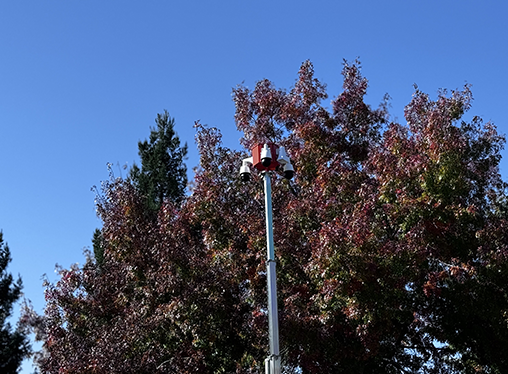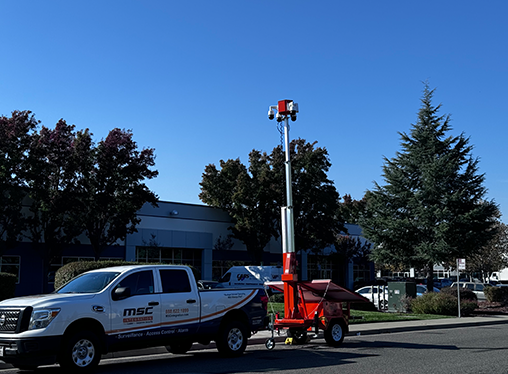As Cathy Corison, one of Napa Valley’s best winemakers of the last half century, approached her 70s, she faced a distressing possibility: that she would have to sell her winery.
Her two children, Grace and Rose Martin, seemed uninterested in returning to the family business, instead pursuing dance and acting careers in New York City. It’s a familiar story in today’s wine business, particularly in Napa Valley. When the founders’ offspring don’t want to take the reins, or can’t agree on how to divide it up, there’s a gallery of interested buyers lying in wait, from private equity firms to large wine corporations like LVMH and Gallo.
But the story of Corison Winery now appears headed toward a different — and for Corison, much happier — ending. Grace, 27, has joined as assistant winemaker and is training to take over from her mother; Rose, 30, is involved in the winery part time. Recently, the family opened up about the complicated dynamics of wine industry succession planning, which has become an especially hot topic in recent years as some in the pioneering generation of modern California vintners, who started influential wineries in the 1970s and ’80s, have retired or passed away.
The effect of these family winery sales, over time, is that a shrinking share of Napa’s precious real estate is independently owned — and Corison believes that makes a crucial difference in the region’s wines.
“It’s not an automatic conclusion that big wineries can’t make wines well,” said Corison, 71. “But the tendency is to make wine for quarterly statements. If we’re going to be making world-class wines, we’ve got to grow world-class grapes. And I see that more often in small, family-owned wineries.”
The idea of selling felt like a gut punch to Corison, who started Corison Winery in 1987 after working at esteemed Napa wineries including Chappellet. She was scrappy. She and her husband and business partner, William Martin, never took on investors, never hired a winemaker or CEO. When they saved up enough money to buy a vineyard, all they could afford was an old, straggly site next to a condemned house that had been on the market for several years. It was a “miracle,” Corison said, that the vineyard — which she dubbed Kronos — turned out to produce some of the most special, ageworthy Cabernets in Napa Valley.
The business was financially shaky for a long time, in part because Corison’s fresh, floral, delicate wine style was commercially unpopular. But they hung on. “It took a quarter century for this to be a going concern,” Corison said. “Very frankly, we were unfashionable enough through the aughts that we almost didn’t make it.”
They made it. In recent years, she and William have bought a second vineyard and hired a full-time farming crew. Wine drinkers finally came around to Corison’s singular wine style, and for the last 15 years the press and wine trade have celebrated her with an almost unparalleled level of enthusiasm. But the question of succession remained as uncertain as ever.
“Ten years ago I didn’t know whether they were going to come back,” Corison said of her daughters. She never dared tell them how desperately she hoped they would return.
Grace and Rose had spent their childhoods in St. Helena running around the crushpad. They both loved theater, and their Montessori school would put on plays on a makeshift stage that the family built inside the winery. Like many kids who grew up in a small town, Grace said she “couldn’t wait to get away.”
She escaped to Syracuse University, where she earned a BFA in acting, then moved to New York with dreams of a theater career. Her sister was already there, studying dance with Alvin Ailey. Both got “survival jobs,” Grace said — Rose as a tutor, Grace as a server at Union Square Café. She found herself liking her restaurant job more than her auditions and became immersed in the restaurant’s wine program.
Corison, meanwhile, was mapping out contingency plans. If her daughters didn’t return, she figured she would start to downsize production — just 3,000 cases annually as it is — and make wine only from her two estate vineyards, Kronos and Sunbasket, with no purchased fruit. Though she’d never had an assistant winemaker, she conceded she’d need to hire one (a woman, she said; that part felt important) and cultivate her winemaking sensibility in a hired successor.
“I didn’t want them to come back unless they really wanted to,” said Corison. “This is such a difficult business that unless you’re passionate and work like crazy, it doesn’t work.”
One day, in 2019, William worked up the nerve to ask his daughters the question that Corison had long been afraid to pose. Did they want to be involved in the winery? They indicated they were open to it, but they wanted to continue living their lives in New York for the foreseeable future.
Both daughters retreated to Napa when the COVID-19 lockdowns took effect. Grace kept her apartment in New York for almost a year, assuming she’d return, but the pandemic dragged on. Pretty soon, it was harvest, and she found herself helping out. Maybe this was the time to commit to coming back, she started thinking.
Grace took on a range of roles, everything from hosting visitors in the tasting room to keeping up with OSHA requirements. She achieved an organic certification for the Kronos Vineyard — something that her mother, despite farming it organically from the start, had never bothered to do.
But Corison wasn’t worried so much about the administrative tasks. She was more preoccupied with “the continuity of the wines,” she said, something much trickier to bequeath. “I make wine in my head,” she said — not paying attention as much to the chemistry numbers as to her own intuition about what a fermentation might need. Having never had an assistant, she’d never had to explain out loud her decisions, which often include unorthodox-for-Napa processes like heating a fermentation to high temperatures at the beginning, and waiting to add sulfur until after the wine has completed its secondary fermentation.
“I wish I had a hard drive I could just plug in” to another winemaker’s brain, Corison said.
This year, Grace, who earned a winemaking certificate from UC Davis during the pandemic, insisted on shadowing her mother through the entire harvest, even though forcing her to articulate every choice slowed things down considerably.
More from Esther Mobley
The family must still confront major questions. The winery property, ultra-prime real estate on Highway 29 in St. Helena, is now worth so much that inheritance taxes alone could force the Martin daughters to sell its assets, Grace said. And the question of how to divide ownership if one child is more involved than the other is thorny. Rose lives in San Diego, and her main focus is her tutoring business. Still, she’s worked for the winery part time since 2020 and is pursuing a UC Davis winemaking certificate. “My intention is to be involved in the winery long term,” Rose said.
In 2021, Corison heard that her friend Mia Klein, who had been her assistant winemaker at Chappellet, was discontinuing a wine label called Selene. Corison quietly bought the trademark, figuring that the lunar-inspired name would be a nice complement to the solar-inspired Helios, Corison’s Cabernet Franc label. She told her daughters Selene was theirs. They decided to blend Cabernet Sauvignon from Sunbasket and Kronos, the first time that Kronos fruit has ever been blended with any other vineyard.
Selene is small — just two barrels’ worth of wine each year — but it’s the first slice of the business that Grace and Rose control.
Grace said she knows she’ll never fully inhabit her mother’s brilliant winemaking mind. She’ll never fully plug in the hard drive. But being Corison’s daughter, and spending her whole life learning her mother’s sensibilities, has to count for something, Grace said. “I think the closest thing you can get to the hard drive is raising a kid.”
Reach Esther Mobley: emobley@sfchronicle.com
Dec 4, 2024
Senior Wine Critic
Esther Mobley joined the San Francisco Chronicle in 2015 to cover California wine, beer and spirits. She reports on the business of the state’s $55 billion wine industry; reviews Bay Area wineries, wines and bars; and writes about the effects of climate change on vineyards.
Previously Esther was an assistant editor at Wine Spectator magazine in New York. She has worked harvest seasons at wineries in Napa Valley and Argentina. She was the 2019 Feature Writer of the Year in the Louis Roederer International Wine Writers’ Awards, and her work has been recognized by organizations including the California News Publishers Association, the Society for Features Journalism and the Association of Food Journalists.
 Construction
Site Security
Construction
Site Security
 Parking Lot
Security
Parking Lot
Security
 Stadium
Security
Stadium
Security
 Event Security
Event Security
 Utility and
Energy Site Security
Utility and
Energy Site Security
 Retail Store
Security
Retail Store
Security



 (916) 672-2660
(916) 672-2660 Contact us
Contact us





 Construction Site Camera
Construction Site Camera






 contact@mscintegrations.com
contact@mscintegrations.com
 (916) 672-2660
(916) 672-2660
